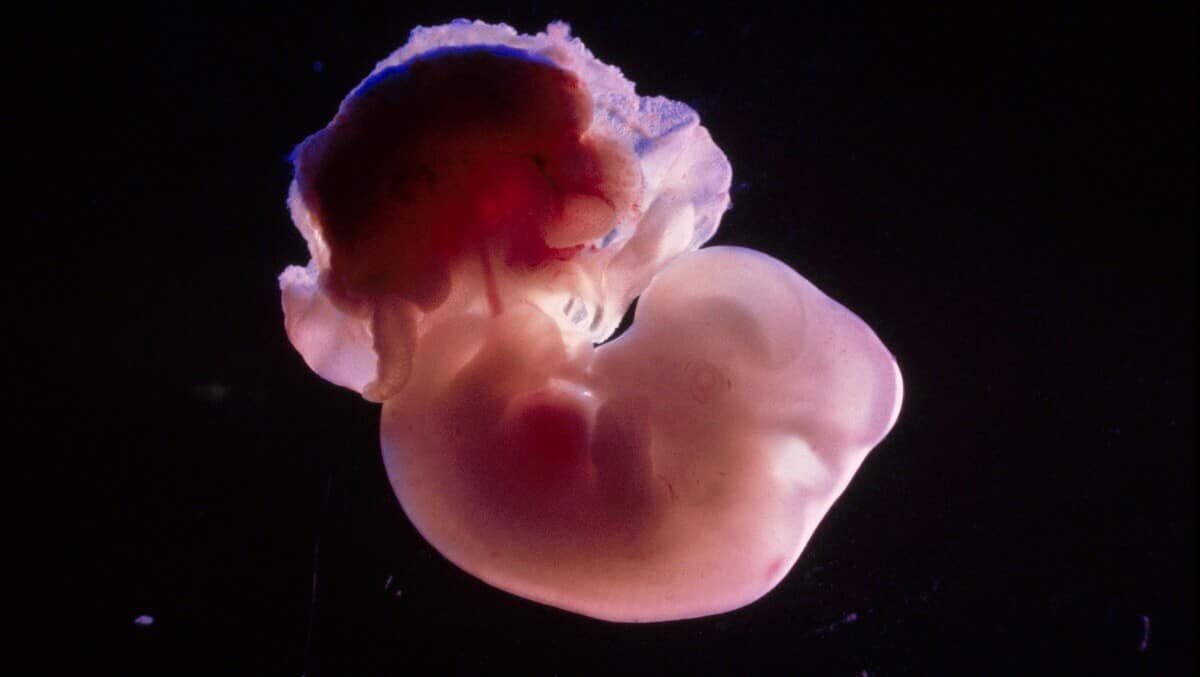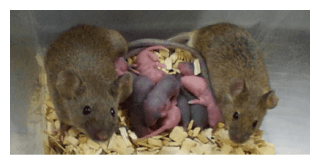Scientists have successfully coaxed mouse stem cells to develop into functional eggs in a dish - that then grew into baby mice, according to a study published in Developmental Biology.
This has wide implications for assisted reproductive technologies in the future, because it may provide an alternative to egg donors.
A team of researchers, led by Takashi Yoshino of Kyushu University, Japan, developed culture conditions in a petri dish that imitated ovarian follicles to recreate the process that stem cells normally take to turn into eggs, which resulted in viable eggs. They called the lab-grown cells 'reconstituted Ovarioids' (rOvarioids).
Pluripotent stem cells are immature but have the potential to become almost any type of cell under the right conditions. In the ovary, these cells can become oocytes, which eventually turn in to eggs.
Normally, oocytes are encapsulated by ovarian cells in a fluid-filled follicle structure that help the oocyte undergo a round of meiosis (a type of cell division) and become an ovum (an egg that can be fertilised).
Previously, it was hard to grow the oocytes and ova in a petri dish because the ovarian follicles are essential in the process, so the team developed a culture as an "incubator" for the eggs to grow in, outside of the ovary.
The team took stem cells from mature female mice and placed them in the culture. This simulated the normal ovary environment so effectively that the stem cells developed into functional oocytes -rOvarioids - that could later be fertilised via in vitro fertilisation (IVF) and implanted into mice wombs.
Incredibly, 5.2% of the embryos derived from rOvarioids grew into babies after implantation, and all of the babies born via the method grew to adulthood.
This is comparable to the effectiveness of IVF-derived embryo transfer success in people over 43 years of age, but there is no restriction on the amount of eggs available, because lots of rOvarioids can be made.
"This technical breakthrough holds enormous potential for (reproductive) cell research," says Lin Yang of the Genome Institute of Singapore.
Ying explains that this allows for high-yield IVF entirely without eggs or genetic manipulation.






Have these people not seen frankenstien?